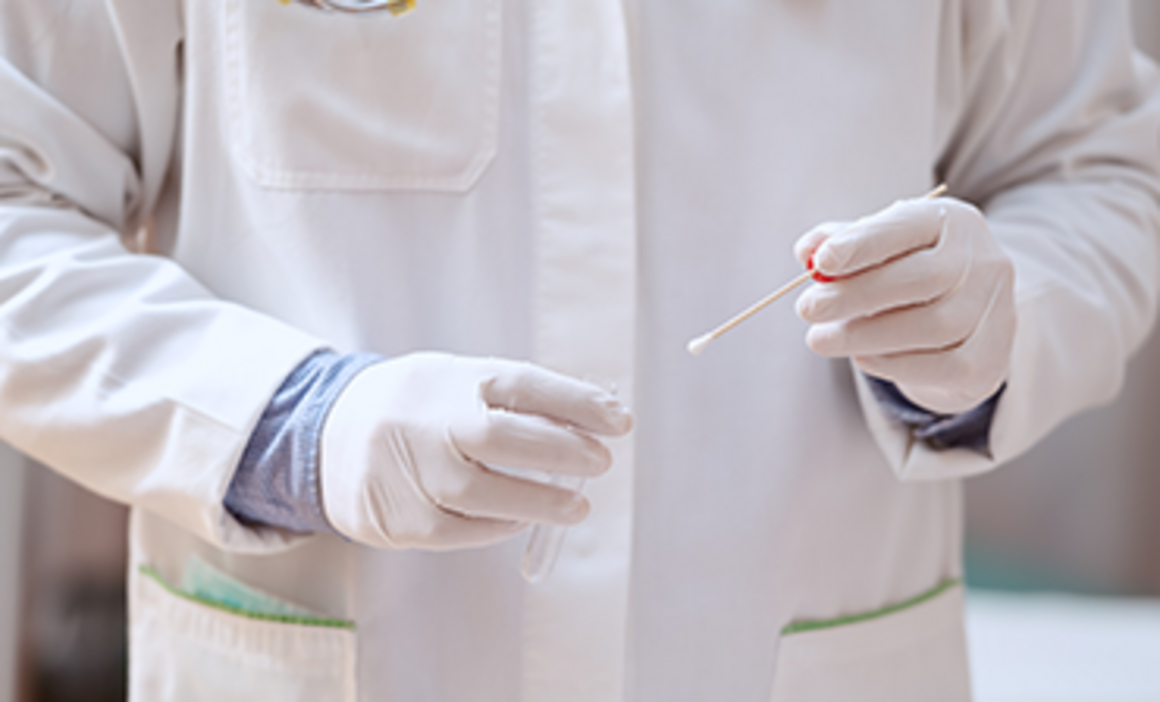According to
Data in multiple file formats with information about testing volume for COVID-19, sorted by week and country, and updated on a weekly basis.

www.ecdc.europa.eu
At the end of March we tested 81,413/Week and had 25159 cases confirmed (31%)
At the begging of November we tested 2122963 people with 159781 cases confirmed (7.5%)
The percentage rate of infection to tests is down, but the number of confirmed cases 134622 is higher.
Don't forget that at the start, only people who were exhibited symptoms were being tested, which is likely to yield a higher proportion of positive tests, Where as now there is wider blanket testing which means a number of people who are not exhibiting symptoms are now being tested. There are also some people who may have two or more tests which will skew the results
I believe the most reliable figure to use that shows how hard the wave is hitting is the rate of hospital admissions, as only those who have confirmed serious symptoms will be counted.
GOV.UK Coronavirus dashboard

coronavirus.data.gov.uk
.
If you look at the daily admissions page, the graph shows the first wave which had a very dramatic rise, The latest dates are showing another rise but over a longer time.
The Cumulative page shows the initial steep rise which was the first wave, then the numbers are continue to climb but more slowly, until mid September when the rate of rise again increases. The steepness of second wave from mid September is not quite as great as Marches but it has a been sustained over a longer period and has not showed the slowing of the first wave after 1 month.
The hospitals never emptied completely from the first wave, so some beds have been occupied throughout the period. This has reduced the spare capacity in the system, so is means the hospitals will fill up even though the rate of rise may not be quite as acute as the first wave.
The graphs tend show how teh first lock down did make a difference, and it is perhaps too soon to see the effects of the second lockdown, but it is also noticeable how the infection rate has risen since the end of full lockdown.
It is almost certain that the better personal hygiene we have been practicing has been a major factor in keeping the rate of increase down during the second wave. but clearly it is not enough to be relied on to control the virus.
The longer it takes to get a handle on how to reduce infection routes gives teh virus more time to establish new safe havens and paths, consequently I now believe will not eradicate the virus, it will be necessary to learn to live with partial controls on the spread and methods of preventing infection, and treating the infection. And there is the long term probability that new mutations will find their ways in to the human populations needing continual revisions to any vaccines.
We should also be looking for likely new host species and making effort's to prevent the viral spread in those too.
This is going to be a long project. Hopefully with teh vaccines we will be able to release lock downs, and re invigorate our countries, but there is going to be long term financial and human costs to this.
The old normal has gone. We have got to forge a new normal.



